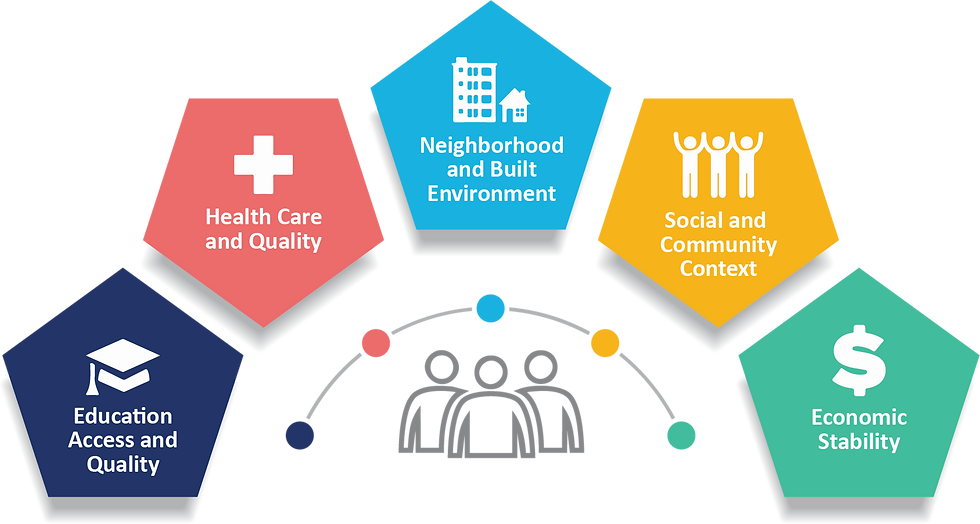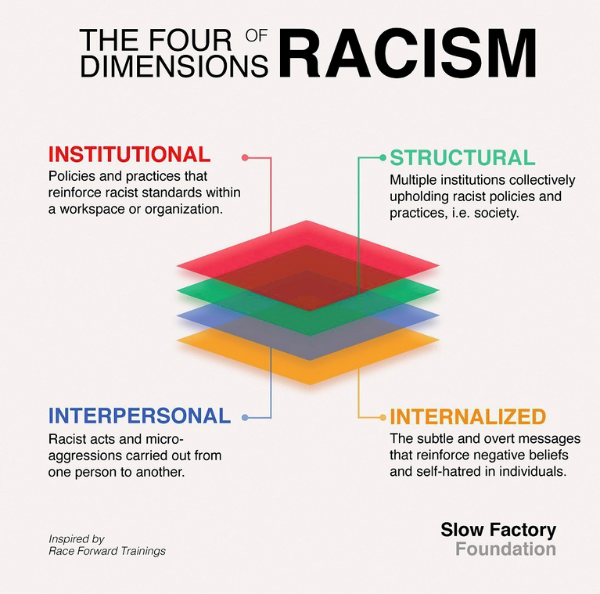Health Equity, Social Determinants of Health, and Racism
- cmatykiewicz
- Jul 22, 2025
- 2 min read
The North Shore Public Health Collaborative strives to advance health equity, eliminate health inequities, address social determinants of health, and fight against all forms of racism. Learn more about each of these concepts below!

Health equity refers to the fair and just opportunity for everyone to attain their highest level of health. It involves removing obstacles to health such as poverty, discrimination, and their consequences, including powerlessness and lack of access to good jobs with fair pay, quality education and housing, safe environments, and healthcare.
Health inequities are differences in health status or in the distribution of health resources between different population groups, arising from the social conditions in which people are born, grow, live, work, and age. These differences are systematic, avoidable, and unjust.

Social determinants of health (SDOH) are the non-medical factors that influence health outcomes. These are conditions in which people are born, grow, live, work, and age, and include factors like socioeconomic status, education, neighborhood and physical environment, employment, social support networks, and access to healthcare.

Institutional racism refers to discriminatory treatments, unfair policies, or biased practices based on race that result in inequitable outcomes for whites over people of color and extend beyond individual acts of prejudice. It includes policies and practices within and across institutions that, intentionally or not, produce outcomes that chronically favor or put a racial group at a disadvantage.
Structural racism refers to a system in which public policies, institutional practices, cultural representations, and other norms work in various, often reinforcing ways to perpetuate racial group inequity. It identifies dimensions of our history and culture that have allowed privileges associated with “whiteness” and disadvantages associated with “color” to endure and adapt over time.




Addressing social determinants of health is essential for achieving real health equity—I’ve seen similar awareness efforts discussed on Grant Pharmacy.
Sanford Pharmacy is more than just a place to fill prescriptions – it is a trusted partner in your healthcare journey. Dedicated to offering quality medicines and reliable services, Sanford Pharmacy combines professional care with a personal touch.
Different conditions require reliable treatments, and several medications stand out for their effectiveness. Famciclovir is an antiviral used to manage herpes infections like shingles and cold sores, helping shorten outbreaks and reduce discomfort.